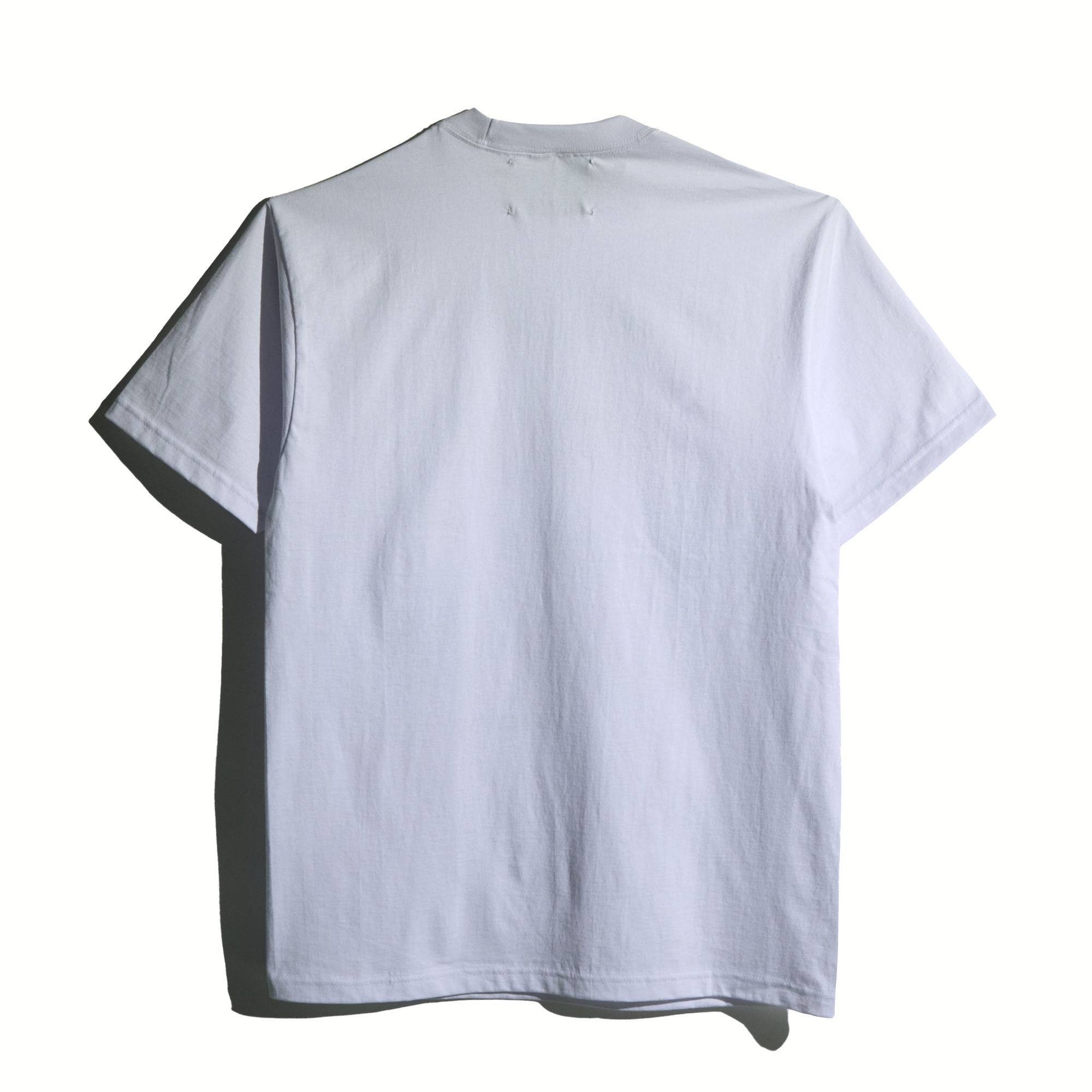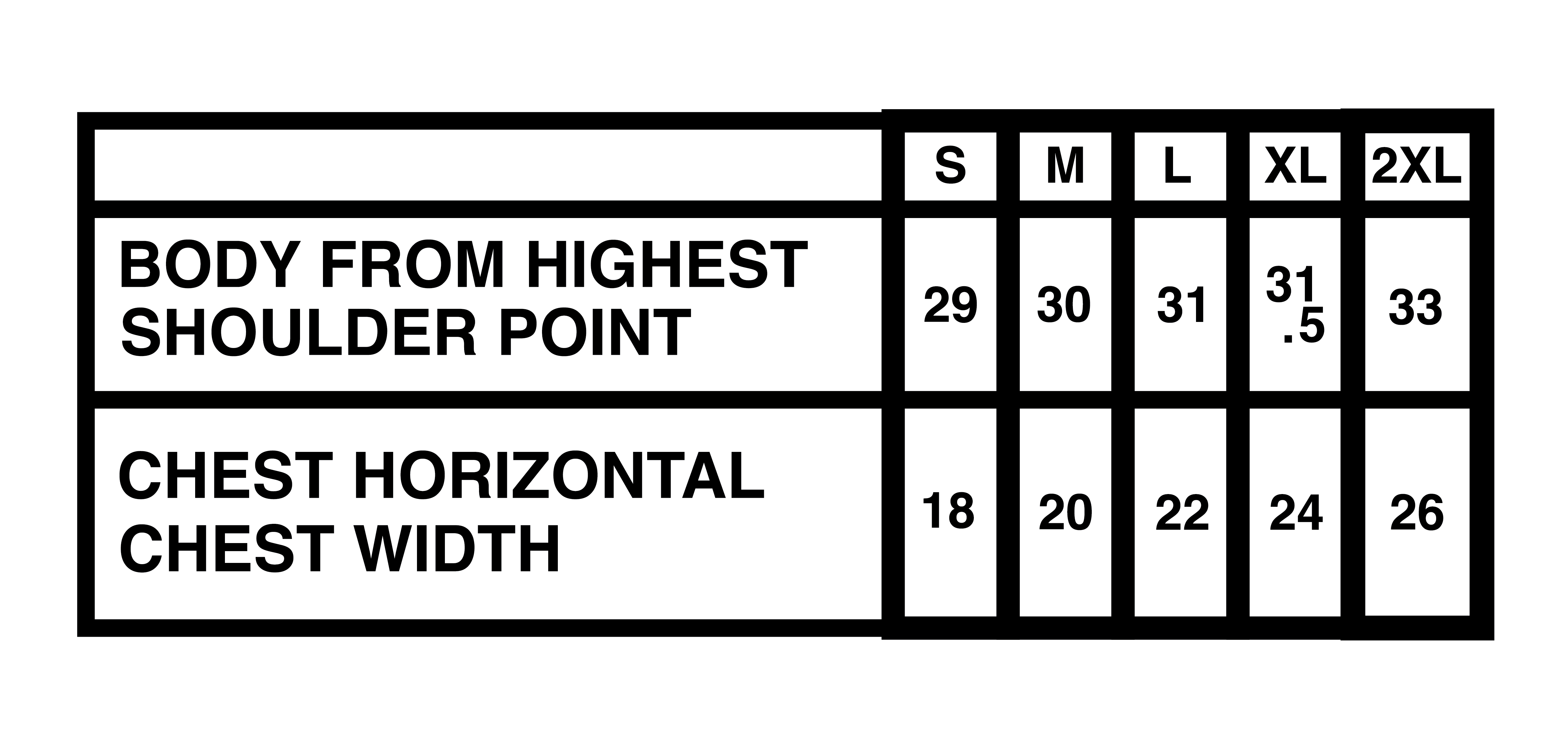

“MOVIE DROME” SST
- 7.5 OZ Heavyweight Cotton
![]()
The Experience Machine: Stan VanDerBeek's Movie-Drome and Expanded Cinema
In 1965, the experimental filmmaker Stan VanDerBeek (1927–1984) unveiled his Movie-Drome, made from the repurposed top of a grain silo. VanDerBeek envisioned Movie-Drome as the prototype for a communications system—a global network of Movie-Dromes linked to orbiting satellites that would store and transmit images. With networked two-way communication, Movie-Dromes were meant to ameliorate technology's alienating impulse.
( https://direct.mit.edu/books/monograph/3437/The-Experience-MachineStan-VanDerBeek-s-Movie )
![]()
Introduction: Movie-Drome: An Experience Machine
(pp. 1-18)
The Experience Machine asserts that the multimedia art practices that coalesced under the loose rubric of Expanded Cinema were not simply an accretion of film, video, and computer technology, but a critical means to assess the wider cultural experience of the 1960s at the moment the era was fundamentally transformed by the rise of a new digital computing economy.
( https://www.jstor.org/stable/j.ctt17kk741.5 )
Culture Intercom: Stan
VanDerBeek’s Movie-DromeExplore VanDerBeek’s “experience machine,”
first built in 1965 to connect the world through the
“visual velocity” of immersive image networks. Felicity D. Scott
Mar 1, 2023
At the height of Cold War tensions, deploying such a media-technical apparatus in service of world peace might have seemed an urgent task for artists, technological advances having long fueled idealistic visions, originating in the Global North, of worldwide communication systems as means for overcoming enmity (despite so much evidence to the contrary). VanDerBeek’s vision for “international education” had an avowed target: Movie-Drome, the artist announced—mobilizing the linguistic tropes of international aid—would allow “the over-developing technology of part of the world to help the under-developed emotional sociology of all of the world to catch up to the 20th century.”
( https://www.moma.org/magazine/articles/845 )
![]()
Ghosts in the Machine, III
Marguerite Wertheim . SEPTEMBER 30, 2012
- The Dream Dome
( https://meredithtromble.net/aas/2012/09/30/ghosts-in-the-machine-iii/ )
![]()
The Film-Makers' Cooperative
Stan VanDerBeek Trailer [VOD]
Distributed by The Film-Makers' Cooperative
( https://www.youtube.com/watch?v=GOwFHaml9B0 )
![]()
"Culture: Intercom" and Expanded Cinema: A Proposal and Manifesto
Author(s): Stan Vanderbeek
Source: The Tulane Drama Review, Vol. 11, No. 1 (Autumn, 1966), pp. 38-48
Published by: The MIT Press Stable
“ I propose the following:
That immediate research begin on the possibility of a picture-language based on motion pic-tures.
That we combine audio-visual devices into an educational tool: an experience machine or "cul-ture-intercom."
That audio-visual research centers be established on an international scale to explore the existing audio-visual devices and pro-cedures, develop new image-making devices, and store and transter image materials, motion pictures, television, computers, video-tape, etc.
That artists be trained on an international basis in the use of these image tools.
That prototype theatres, called
"Movie-Dromes," be developed immediately, incorporating the use of such projection hardware.
I shall call these prototype presen-tations: "Movie-Murals," "Ethos-Cinema," "Newsreel of Dreams,"
"Feedback," "Image Libraries."
The "movie-drome" would operate as follows: In a spherical dome, simultaneous images of all sorts would be projected on the entire dome-screen. The audience lies down at the outer edge of the dome, feet towards the center; thus almost the complete field of view is taken up by the dome-screen. Thousands of images would be projected on this screen.
This image-flow could be compared to the "collage" form of the newspaper, or the three ring circus (both of which suffuse the audience with an abundance of facts and data). The audience takes what it can or wants from the presentation and makes its own conclusions. Each member of the audience will build his own references and realizations from the image-flow.
![]()
( https://filmtheoryfilmtheory.wordpress.com/wp-content/uploads/2018/07/stan-vanderbeek-expanded....pdf )
Poemfield No. 7 by Stan VanDerBeekThe Film-Makers' Cooperative
Poem Field is the name of a series of 8 computer-generated animations by Stan Vanderbeek and Ken Knowlton in 1964-1967.[1] The animations were programmed in a language called Beflix (short for "Bell Flicks"), which was developed by Knowlton.
![]()
( https://www.youtube.com/watch?v=AGoExRRCelc )
NOTE: This product
- 7.5 OZ Heavyweight Cotton

The Experience Machine: Stan VanDerBeek's Movie-Drome and Expanded Cinema
In 1965, the experimental filmmaker Stan VanDerBeek (1927–1984) unveiled his Movie-Drome, made from the repurposed top of a grain silo. VanDerBeek envisioned Movie-Drome as the prototype for a communications system—a global network of Movie-Dromes linked to orbiting satellites that would store and transmit images. With networked two-way communication, Movie-Dromes were meant to ameliorate technology's alienating impulse.
( https://direct.mit.edu/books/monograph/3437/The-Experience-MachineStan-VanDerBeek-s-Movie )

Introduction: Movie-Drome: An Experience Machine
(pp. 1-18)
The Experience Machine asserts that the multimedia art practices that coalesced under the loose rubric of Expanded Cinema were not simply an accretion of film, video, and computer technology, but a critical means to assess the wider cultural experience of the 1960s at the moment the era was fundamentally transformed by the rise of a new digital computing economy.
( https://www.jstor.org/stable/j.ctt17kk741.5 )
Culture Intercom: Stan
VanDerBeek’s Movie-DromeExplore VanDerBeek’s “experience machine,”
first built in 1965 to connect the world through the
“visual velocity” of immersive image networks. Felicity D. Scott
Mar 1, 2023
At the height of Cold War tensions, deploying such a media-technical apparatus in service of world peace might have seemed an urgent task for artists, technological advances having long fueled idealistic visions, originating in the Global North, of worldwide communication systems as means for overcoming enmity (despite so much evidence to the contrary). VanDerBeek’s vision for “international education” had an avowed target: Movie-Drome, the artist announced—mobilizing the linguistic tropes of international aid—would allow “the over-developing technology of part of the world to help the under-developed emotional sociology of all of the world to catch up to the 20th century.”
( https://www.moma.org/magazine/articles/845 )

Ghosts in the Machine, III
Marguerite Wertheim . SEPTEMBER 30, 2012
- The Dream Dome
( https://meredithtromble.net/aas/2012/09/30/ghosts-in-the-machine-iii/ )

The Film-Makers' Cooperative
Stan VanDerBeek Trailer [VOD]
Distributed by The Film-Makers' Cooperative
( https://www.youtube.com/watch?v=GOwFHaml9B0 )

"Culture: Intercom" and Expanded Cinema: A Proposal and Manifesto
Author(s): Stan Vanderbeek
Source: The Tulane Drama Review, Vol. 11, No. 1 (Autumn, 1966), pp. 38-48
Published by: The MIT Press Stable
“ I propose the following:
That immediate research begin on the possibility of a picture-language based on motion pic-tures.
That we combine audio-visual devices into an educational tool: an experience machine or "cul-ture-intercom."
That audio-visual research centers be established on an international scale to explore the existing audio-visual devices and pro-cedures, develop new image-making devices, and store and transter image materials, motion pictures, television, computers, video-tape, etc.
That artists be trained on an international basis in the use of these image tools.
That prototype theatres, called
"Movie-Dromes," be developed immediately, incorporating the use of such projection hardware.
I shall call these prototype presen-tations: "Movie-Murals," "Ethos-Cinema," "Newsreel of Dreams,"
"Feedback," "Image Libraries."
The "movie-drome" would operate as follows: In a spherical dome, simultaneous images of all sorts would be projected on the entire dome-screen. The audience lies down at the outer edge of the dome, feet towards the center; thus almost the complete field of view is taken up by the dome-screen. Thousands of images would be projected on this screen.
This image-flow could be compared to the "collage" form of the newspaper, or the three ring circus (both of which suffuse the audience with an abundance of facts and data). The audience takes what it can or wants from the presentation and makes its own conclusions. Each member of the audience will build his own references and realizations from the image-flow.

( https://filmtheoryfilmtheory.wordpress.com/wp-content/uploads/2018/07/stan-vanderbeek-expanded....pdf )
Poemfield No. 7 by Stan VanDerBeekThe Film-Makers' Cooperative
Poem Field is the name of a series of 8 computer-generated animations by Stan Vanderbeek and Ken Knowlton in 1964-1967.[1] The animations were programmed in a language called Beflix (short for "Bell Flicks"), which was developed by Knowlton.

( https://www.youtube.com/watch?v=AGoExRRCelc )
NOTE: This product
has already been produced and is ready to ship.
PLEASE GIVE UP TO 7-10 DAYS
FOR PRODUCT TO SHIP AND
RECIEVE TRACKING NUMBER.
all sales are final.
PLEASE GIVE UP TO 7-10 DAYS
FOR PRODUCT TO SHIP AND
RECIEVE TRACKING NUMBER.
all sales are final.
